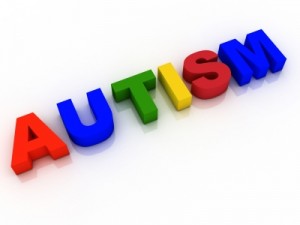
As a parent, your main responsibilities include helping your child develop into a respectful, well-mannered adult. Teaching a child to be polite and use manners will not only help them in the immediate future, but will help them achieve success long term. As your child goes into the world, teachers, elders, and other authority figures throughout their lives will learn much about your child from their behavior. Children who display good manners often have better relationships with their teachers, making for a better chance of academic success. In the future, people with good manners often do better in important interactions such as job interviews. Additionally, social relationships, including friendships and romantic relationships, will be heavily impacted by how your child treats other people. Put simply, teaching your child manners teaches them to respect others, setting your child up for greater successes in the future.
How does a parent go about teaching a child good manners? How early should a parent be stepping in to correct poor behavior? What are some methods of doing so? Read these four tips to ensure your child grows up to display good manners. After all, manners matter!

1. Start Young / Teach Consideration
Teaching your child manners should begin at a very young age. On average, at about 18 months, children begin to pick up on social cues. Making your child aware of the feelings of others is key in the early phases of teaching manners. Since having good manners begins with caring about how other people feel and perceive situations, teaching your child to stop and think about how their actions affect others is the first step.
2. Teach Polite Words
Giving your child the verbal tools necessary to be polite is key. At early toddler ages (about 18 months) begin with simple phrases, such as hello and goodbye. Recognizing the presence others is one of the first ways to be polite. Teach your child to say hello to everyone in a room when they walk in and goodbye when they leave. As the child develops, add please and thank you.
3. Prompt Polite Behavior
Teaching a child to be polite is teaching a child to make the choice to be polite. While correcting here and there is not inappropriate, you want to set your child up to make the choice to be polite. For example, if a child says, “give me my toy”, ask them for the magic word. This will prompt them to respond with “please give me my toy”. There are other methods of prompting your child to respond with manners, so experiment to figure out what works best for your child.
4. Teach Apologies
When your child has made a mistake, go over the situation with them to help them understand what they have done wrong. Teaching the golden rule of treating everyone how you would like to be treated is key. Ask them to consider the feelings of other people affected by their actions, and further ask how this would affect your child if the child were in their shoes. By understanding the impact your child can make on others, they can properly realize their impact, and apologize accordingly.
5. Set a Good Example
Good manners start with the parents and other authority figures constantly present in your child’s life. As a parent, your child is watching all of your actions at all times, learning from every word you say. Make sure you are setting a good example of a polite, well-mannered person.
At Advanced Neurotherapy, we offer parent counseling to help improve child development skills. Dr. Jolene Ross works with each family to tailor parenting skills and style to the needs of your child, your own personal needs, and your values as a family.
First image courtesy of photostock at FreeDigitalPhotos.net
Second image courtesy of David Castillo Dominici at FreeDigitalPhotos.net
Third image courtesy of stockimages at FreeDigitalPhotos.net








